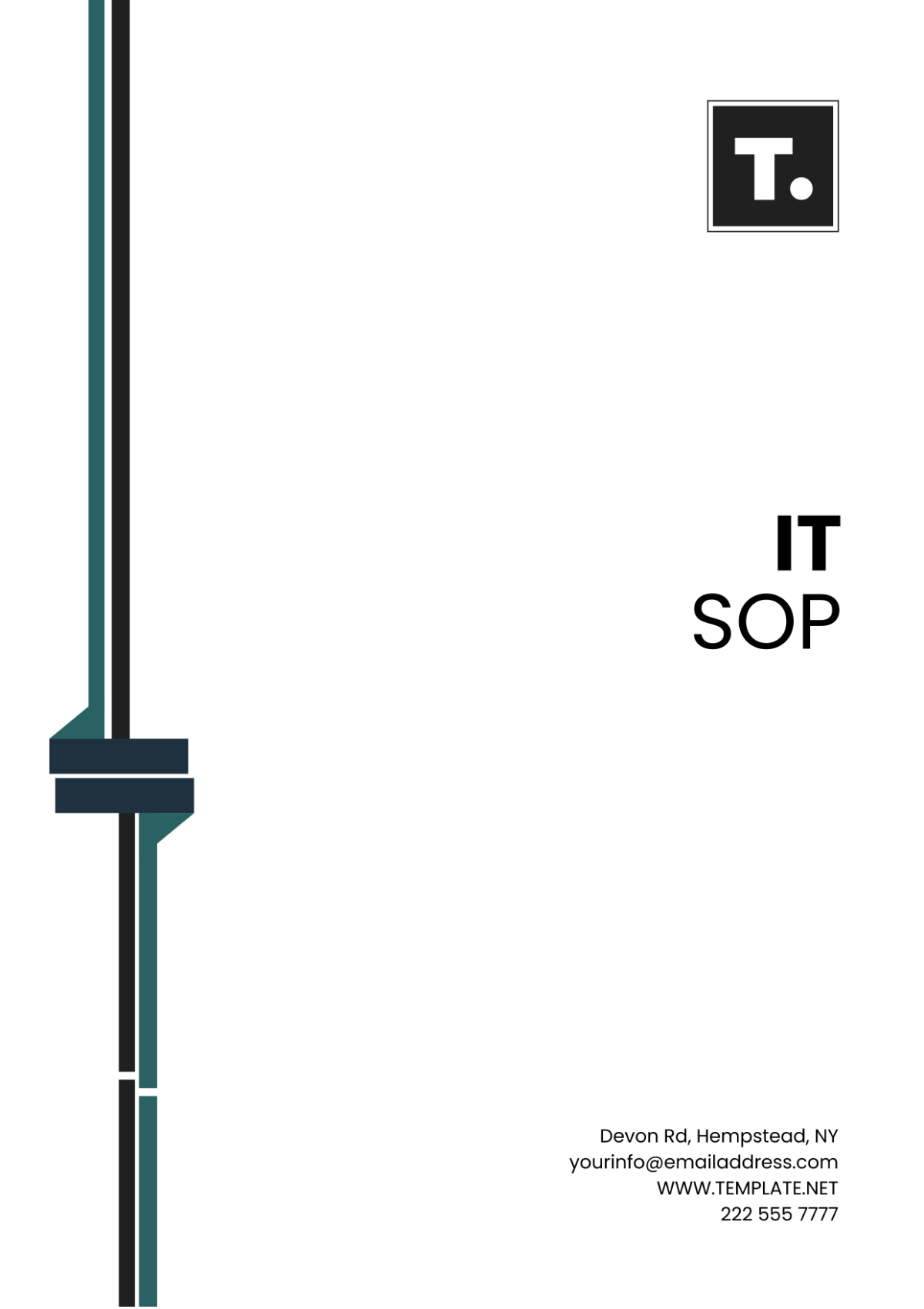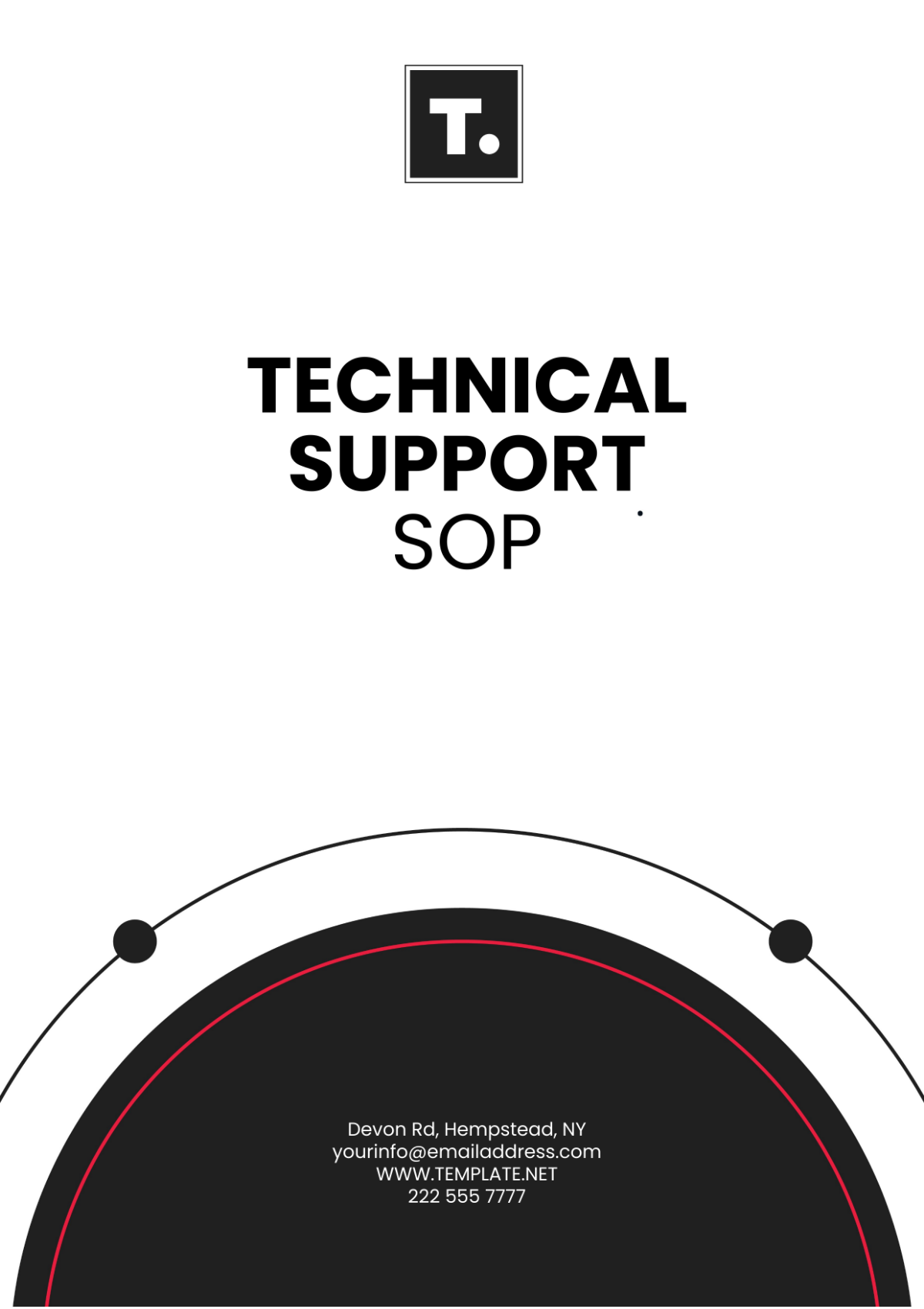Incident Management SOP
I. Purpose
The purpose of this Standard Operating Procedure (SOP) is to enhance the preparedness and readiness of the Incident Management team in handling various types of incidents through clear procedures and protocols. By establishing standardized guidelines, this SOP aims to streamline incident response processes, minimize downtime, mitigate risks, and ensure the safety of personnel and assets.
II. Scope
This SOP applies to all members of the Incident Management team involved in responding to and managing incidents across all departments and facilities within the organization. It encompasses the identification, assessment, escalation, resolution, and post-incident review of incidents that may impact business operations, information security, health and safety, or other critical aspects of the organization.
III. Responsibilities
Incident Management Team Lead:
Oversees the overall incident management process.
Ensures adherence to this SOP and relevant policies.
Coordinates communication and collaboration among team members.
Incident Responder(s):
Promptly report incidents to the Incident Management Team Lead.
Follow prescribed procedures for incident handling and resolution.
Provide timely updates on incident status and progress.
Subject Matter Experts (SMEs):
Provide specialized knowledge and assistance in incident resolution.
Collaborate with incident responders to address technical or domain-specific issues.
IV. Definitions
Incident: Any unplanned event that disrupts or has the potential to disrupt normal business operations, services, or systems.
Severity: The level of impact an incident has on business operations, ranging from low to critical.
Priority: The urgency with which an incident needs to be addressed, based on its impact and severity.
Root Cause: The underlying factor(s) responsible for the occurrence of an incident.
V. Materials
Communication devices (e.g., phones, radios)
Incident management software/tools
Documentation templates/forms
Personal protective equipment (PPE)
Backup power sources
VI. Procedures
Incident Identification:
Monitor systems, networks, and operations for signs of potential incidents.
Encourage employees to report any unusual activities or incidents promptly.
Incident Categorization and Prioritization:
Assess the impact and severity of incidents to determine their priority.
Categorize incidents based on predefined criteria (e.g., security, technical, operational).
Escalation and Notification:
Notify relevant stakeholders and authorities as per escalation procedures.
Activate emergency response protocols if necessary.
Incident Response and Resolution:
Formulate a response plan tailored to the nature and severity of the incident.
Allocate resources and assign tasks to address the incident effectively.
Document actions taken, decisions made, and communications exchanged throughout the incident lifecycle.
VII. Safety Precautions
Prioritize the safety of personnel and stakeholders during incident response activities.
Adhere to relevant health and safety regulations and guidelines.
Provide appropriate training on handling hazardous materials or situations.
VIII. Quality Control
Conduct regular reviews and audits of incident response procedures.
Solicit feedback from incident responders and stakeholders for process improvement.
Implement corrective actions to address any identified deficiencies or gaps.
IX. Problem-Solving
Utilize established troubleshooting methodologies to diagnose and resolve incidents.
Engage subject matter experts and resources as needed to overcome challenges.
Document lessons learned and best practices for future reference.
X. Approval
This SOP is approved by [Insert Name/Title] and is effective [Insert Date].
Any revisions or updates to this SOP must be approved by the Incident Management Team Lead or designated authority.

Incident Response Team
[Date of Approval]

















































